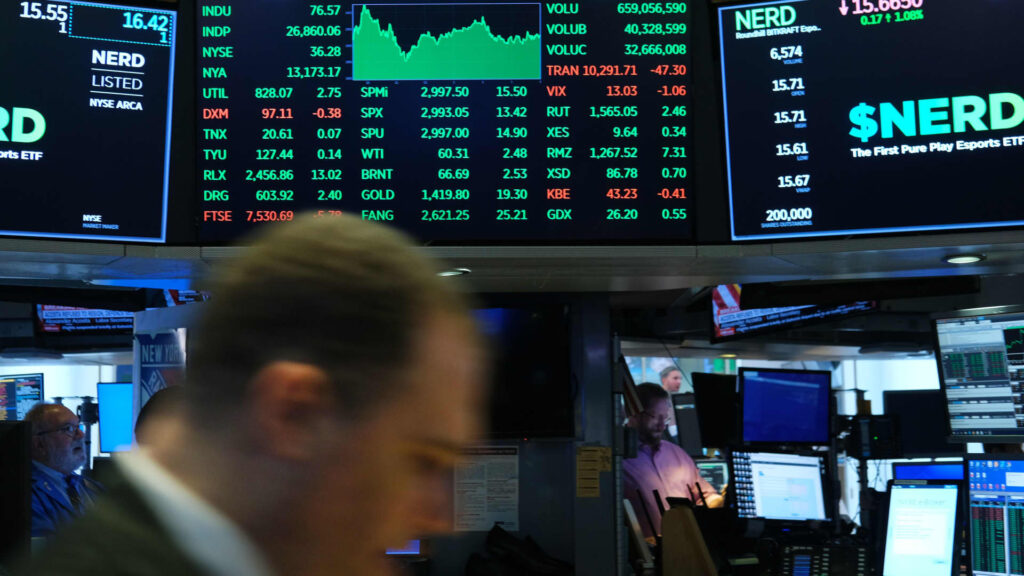

The S & P 500 has more room for upside in 2024, according to RBC Capital Markets head of U.S. equity strategy Lori Calvasina. The strategist increased her year-end target for the broad market index to 5,300 in a Thursday note, up from 5,150 in January. Calvasina’s new forecast is the third-highest among analysts surveyed by CNBC’s Market Strategist Survey . The upgrade comes as the S & P 500 wraps up a monster start to the year. The benchmark index has added roughly 10% to start the year and is on pace for its best first-quarter gain since 2019. The strategist also expanded her 2024 earnings forecast to $237 from $234, which underpins her overall higher outlook for the S & P 500. Margins will likely be flat for the full year compared to 2023, she added, while both inflation and interest rates ease moving forward. Calvasina’s new target is not far from where the S & P 500 is trading now. The benchmark index ended Thursday’s session at 5,248.49. “The story we see in the data today is that the strong move observed in the S & P 500 so far this year has been deserved, and a rational case can be made for additional upside from here,” Calvasina said. .SPX YTD mountain SPX year to date “Some of our work also suggests that gains may be tougher to come by from here and that the stock market needs a breather,” she said. “Looking through to year-end, we feel a bit more neutral than we have over the last few months, but we also feel very far removed from the bearish camp.” Calvasina also laid out her bull case, which has the S & P 500 soaring to 5,400, nearly 3% above Wednesday’s close. To reach this level, two of the firm’s key models used to forecast the market’s direction need to improve. RBC’s sentiment model is the weakest among the five market indicators, Calvasina said. The current signal is little changed from her January S & P 500 forecast, where she also said U.S. equities appeared to be overbought. Its politics model also supports a dimmer outlook for U.S. equities, and measures total market returns in an election year stemming back to 1928. Calvasina’s election model calls for a 7.5% return for the S & P 500 when accounting for potential market performance against the backdrop of the November election, which supports a 5,128 year-end target.